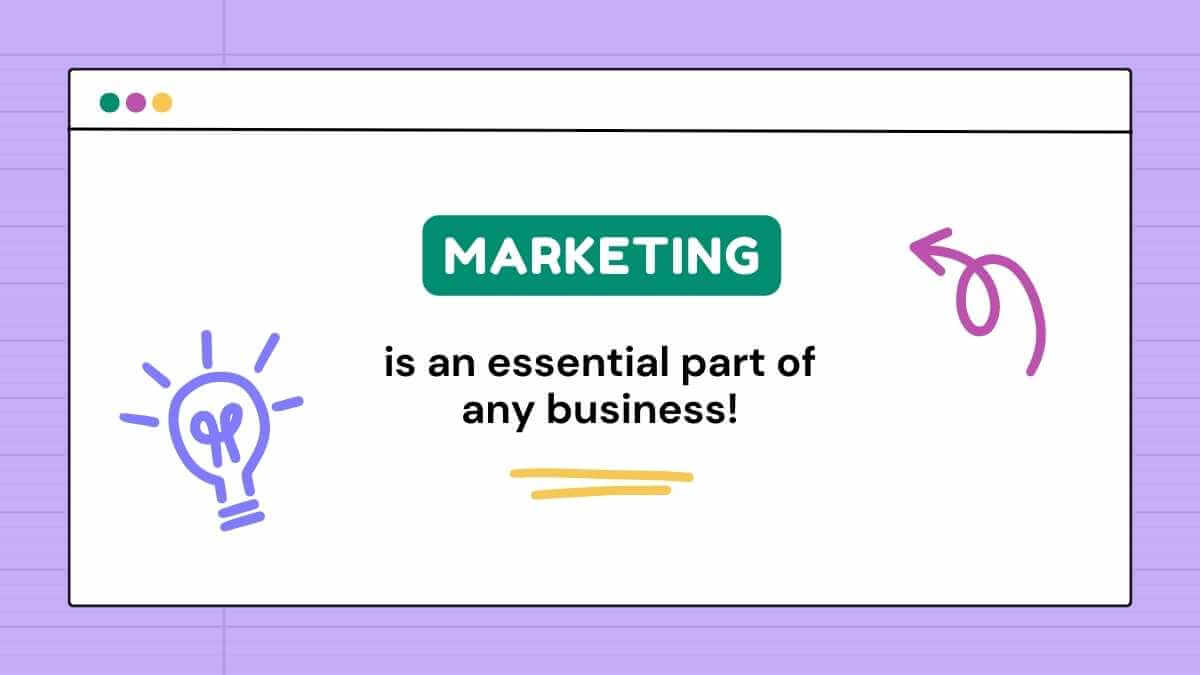
Often, we are told content is King while context is Queen. However, that can’t be totally wrong, but it is important to ask why they have such titles. This article explicitly explains content and context and the relationship between both in making a meaningful story in a headline.
Content
Content is described as a bulk of text in a publication or article. It is known to have to 2 qualities; communication and information. A content stays meaningful if a publication communicates to the audience and has the right information conveyed in it while a meaningless content does not communicate, neither does it possess information the audience are about to read. Every publication today has a content because it is made up of texts joined together by punctuation marks in order to enhance readability by the audience. However, not all contents are directed to all end-users or audience, some are just confined to a field of study, e.g. in programming, an article about the use of JAVA or Fortran is not directed to everybody; only people who are into programming understands and can interpret what the article means. A content may come in different forms, but whatever form it chooses to assume, there are four must-have features you will find in it. These include;
- Readability: Since content deals with communication and information, it is important to consider how well it can be read and understood by the audience. It should be made simple in such a way that even people who aren’t in the field of what you are writing about can learn few things from your article and widen their scope in the field of study.
- Freshness: One major feature is that it must fresh, neat and easy to read or comprehend. The use of the right punctuation at the right time is important. You shouldn’t use an inverted comma where you are ought to use a quotation mark. Also, make sure tenses are watched while constructing a statement.
- Relevancy: The relevancy of a content cannot be overemphasized. A content must be relevant to the audience; an outdated information will make no sense to the audience, except if referred back to for reference purposes.
- Mode of delivery: When a content is ready to be served to the public, the mode in which it is delivered is important. There are different modes of delivery, it is either done by the media, newspapers, or publications. This plays a major part in content creation and delivery because you would want to communicate to quite a number of people through the best out of the 3 platforms.
Context
Contextis simply the framework or backbone of a content. It gives meaning to the article or publication and allows the use of words at an appropriate time. It acts like a stage or environment where words come together and agree with each other, in order to make sense to the audience. Context are easily said to be words and sentences that need to come either before or after and with a meaningful interpretation.
The use of Context is divided into;
- Circumstance: The circumstance surrounding why you have to write or put contextual words is very important. You shouldn’t put the right words at the wrong places and vice versa. For example, when you are talking about programming, you wouldn’t put an event program as your point when you are talking about tech/computer words.
- Function or Purpose: Just like the circumstance surrounding the use of contextual words in a topic or article is important, so is the function and purpose. The purpose of using the right words in a text is to enhance readability and comprehensibility.
- Time: You should also watch out for when you use certain words –time is of essence.
- Creator: The creator of a content takes time to understand what he or she is passing to the public and certain words they would understand. In writing, especially, the creator of a content shouldn’t use ambiguous words in order to communicate effectively to the audience.
- Recipient or Audience: The right context for the right audience is one more thing. Asides being faced with critics as regards the mode of writing by the audience, once the audience finds the content watery as a result of poor contextual words application, then the purpose of writing or delivery to audience becomes compromised.
The Union
Content and context are two major ingredients of information and communication; without one, the other can’t exist. Content acts as the whole body of information comprised of contextual words while Context are words and punctuation in a content arranged in such a way that they give meaning to a content (Content is the body while context is the framework). So when everyone says Content is King while Context is Queen, they may not be wrong after all because both depend on each other, like a King requires his Queen by his side to successfully rule the empire.











